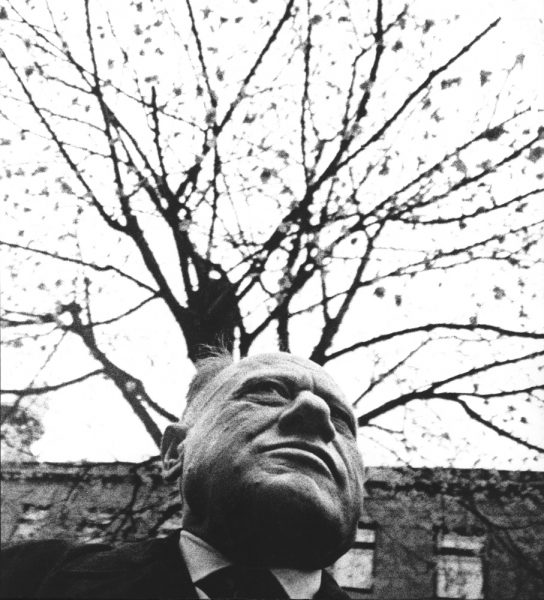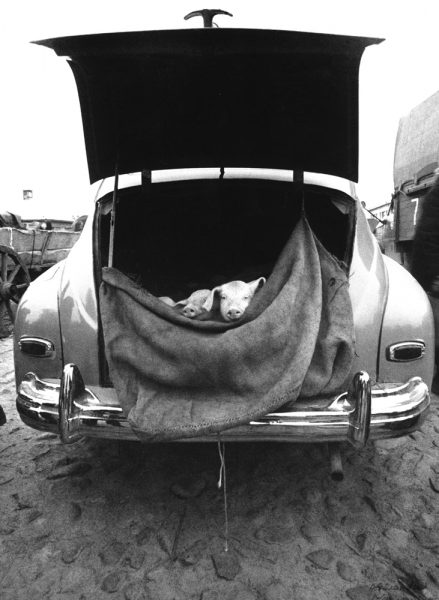Aleksandras Macijauskas was born in 1938 in Kaunas. Fame came to him in 1969, after participating in the exhibition «9 Lithuanian Photographers», which was held in the Moscow House of Journalists. Then the critics first started talking about the phenomenon of the «Lithuanian school of photography». Lev Anninsky spoke about the representatives of this trend in the following way: «Rakauskas inspired. Sutkus and Kunchyus made me think. But he shocked at the Lithuanian school — Macijauskas. Furious and powerful artist of living natural flesh».
The titles of Macijauskas’ series are quite typical: «Demonstrations», «Rural Bazaars», «Lithuanian Weddings», «Veterinary Clinics», «Farewell». At the same time, the shooting method gave a completely different, unfamiliar to most contemporaries view of everyday subjects. Maciejuskas usually worked with a wide-angle lens, and thanks deformed spaces, sharp angles, the most ordinary items gained his dramatic tone. The works of Maciyauskas were very different from the canons of Soviet photography, for many, they became a vivid embodiment of impartiality and freedom.
Lithuanian photography as a whole was perceived in the USSR and abroad as a Western phenomenon, and the biography of Macijauskas confirmed this attitude. Back in 1978, he received the special Triennale prize in Friborg. Then he joined the International Federation of Photographic Art (FIAP). Curators from Belgium, France, America, Italy invited the photographer to participate in international exhibitions together with Western colleagues. In particular, in the 1980 show in Brussels, he took part with Bill Brandt and Mario Giacomelli, his works were also part of the famous exhibition «The Edge of Modernism», which took place in Houston in 1986.
Currently, Aleksandras Macijauskas is an honorary member of the Lithuanian Union of Photographers, Honored Worker of Culture of the Republic of Lithuania, Laureate of the National Prize of the Republic of Lithuania (1995), Knight of the Order of the Grand Duke of Lithuania Gediminas 5th degree (1998). His works are kept in museums in Lithuania, USA, Netherlands, France, Switzerland and other countries.






































